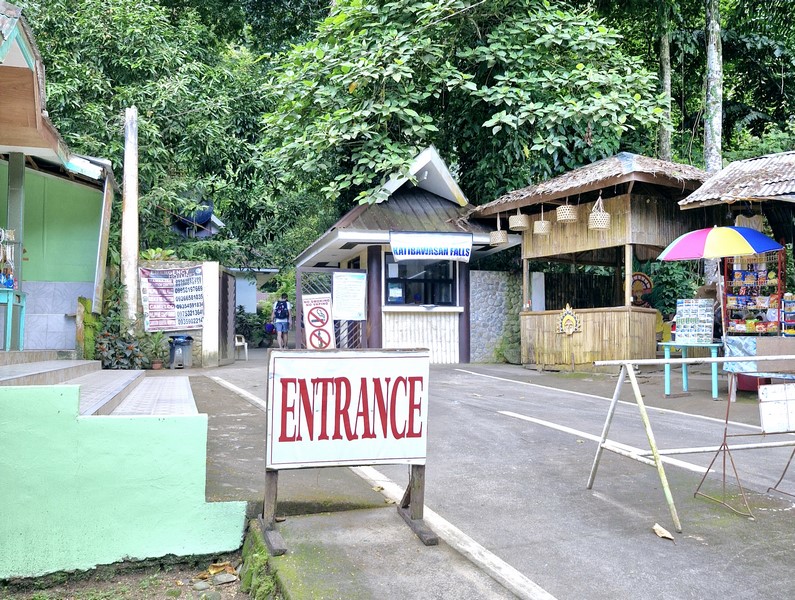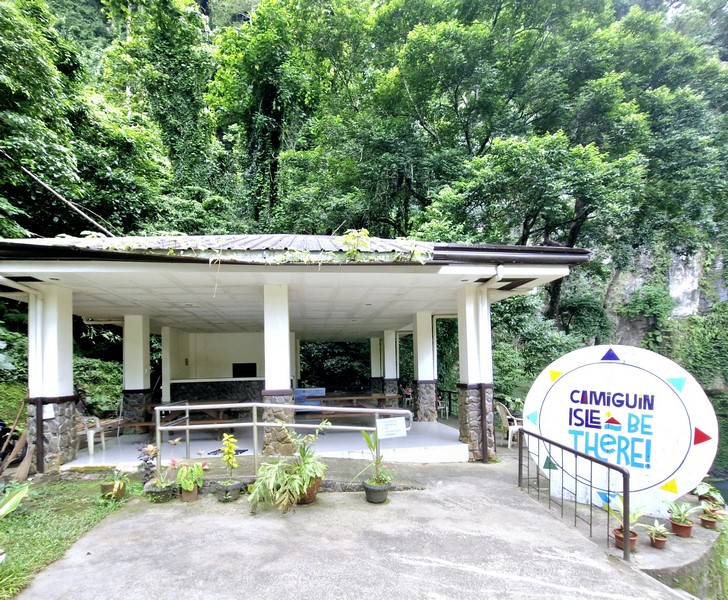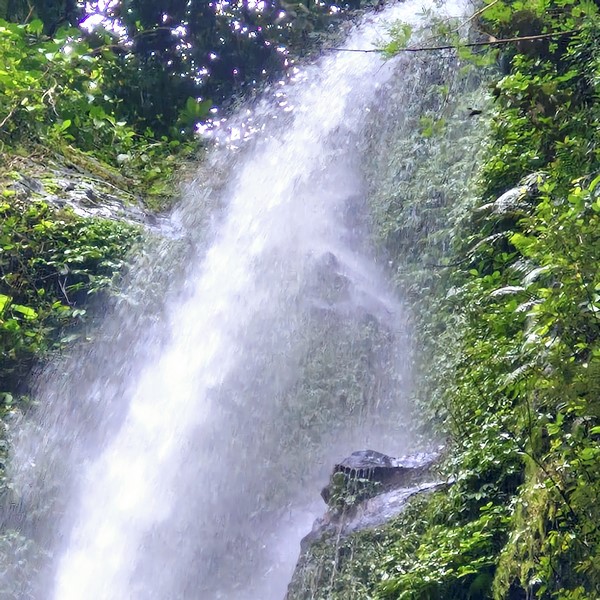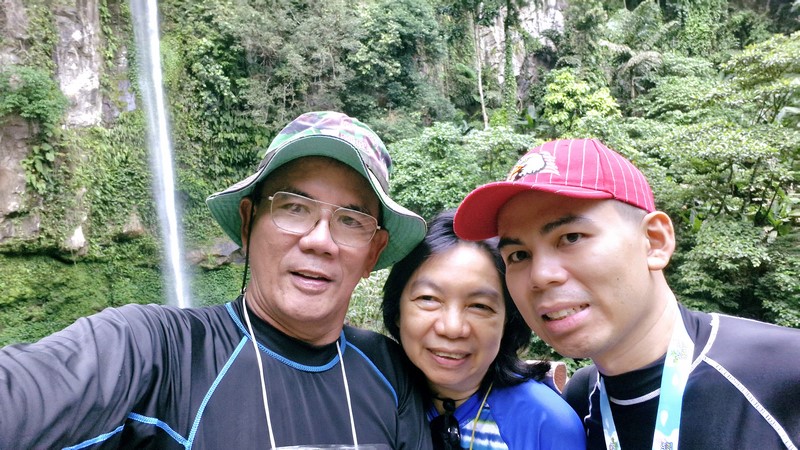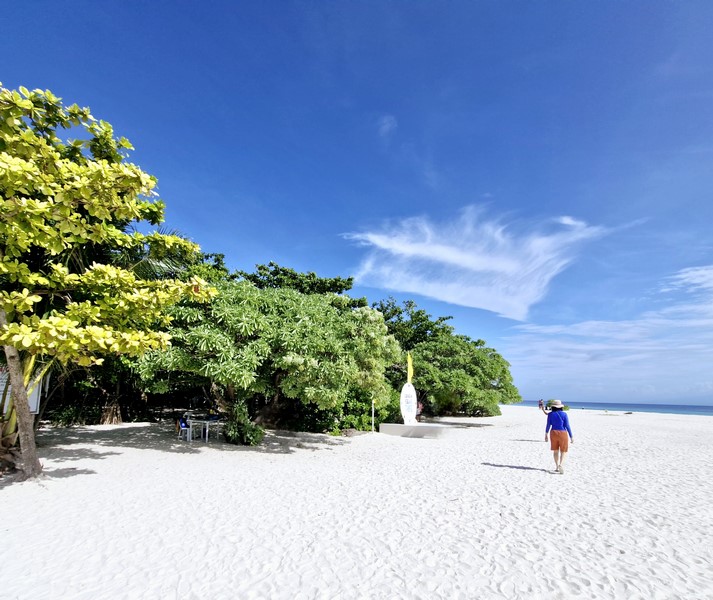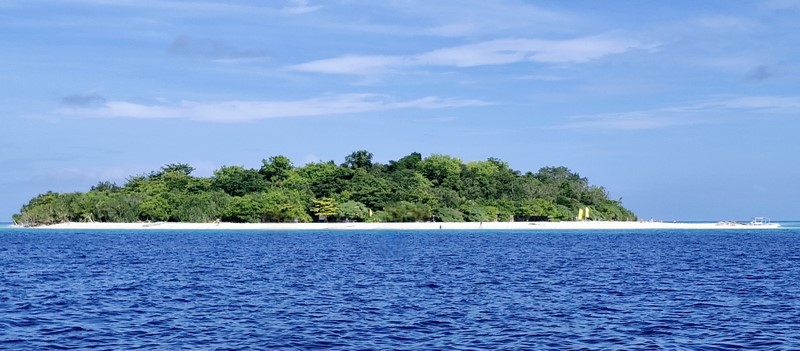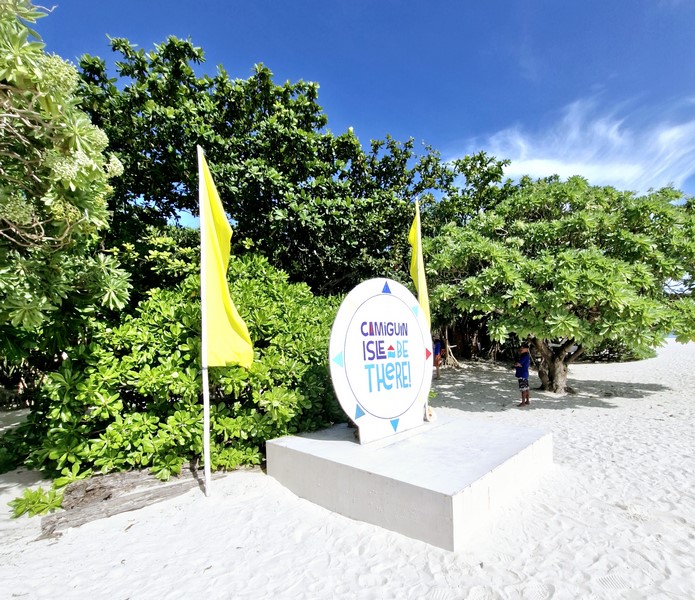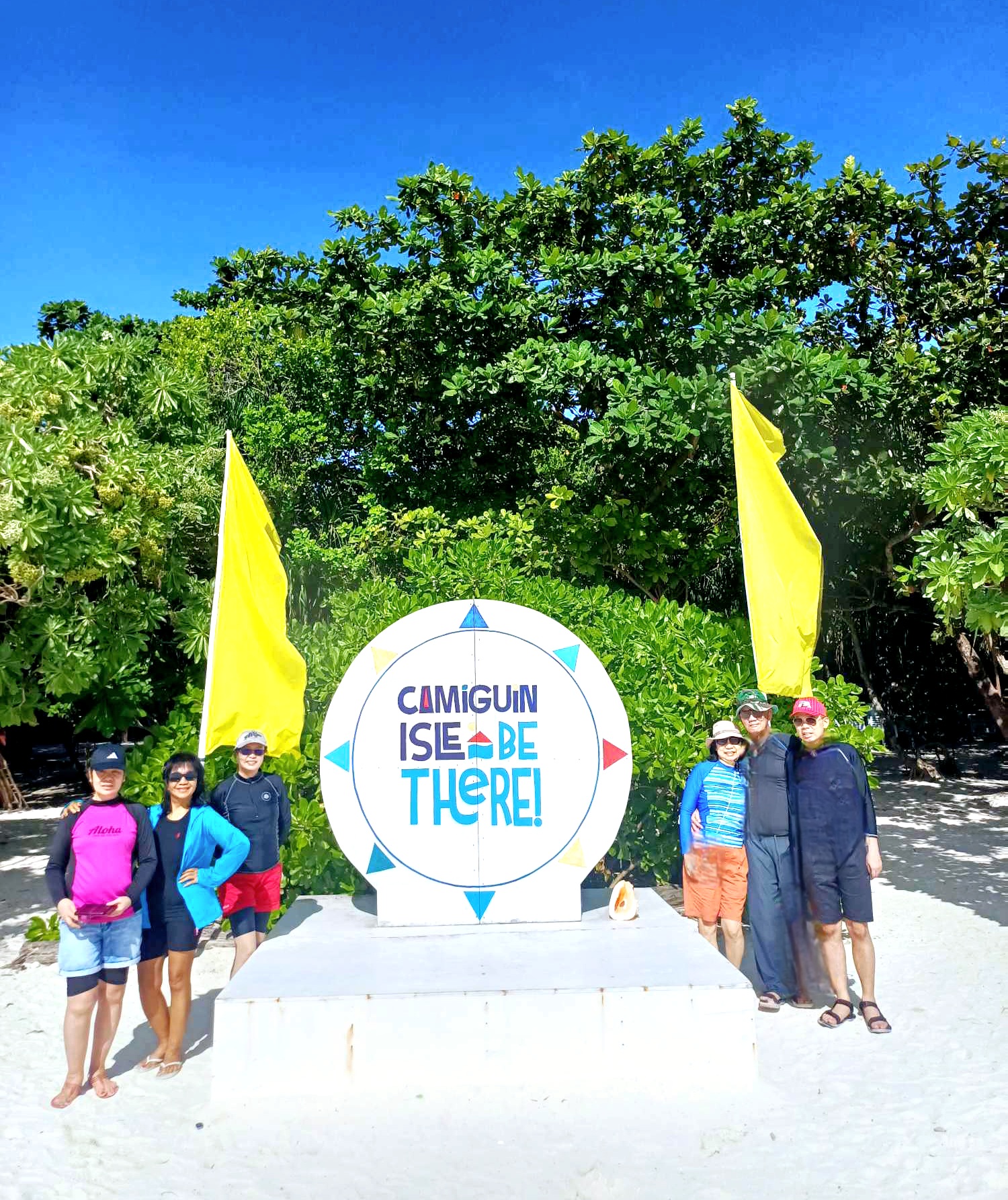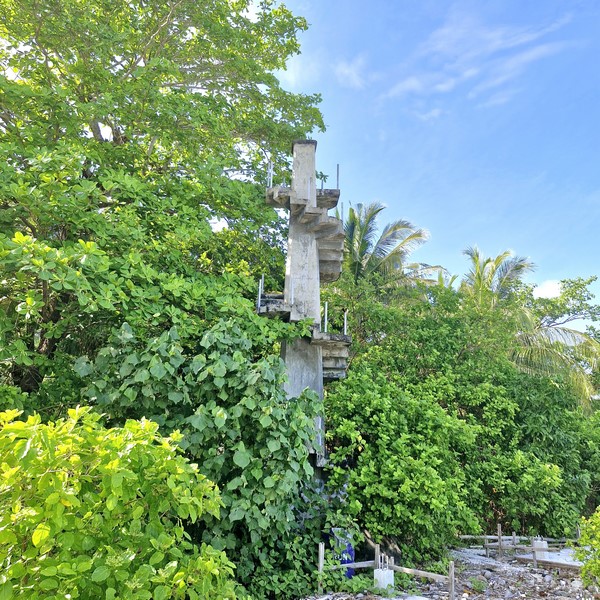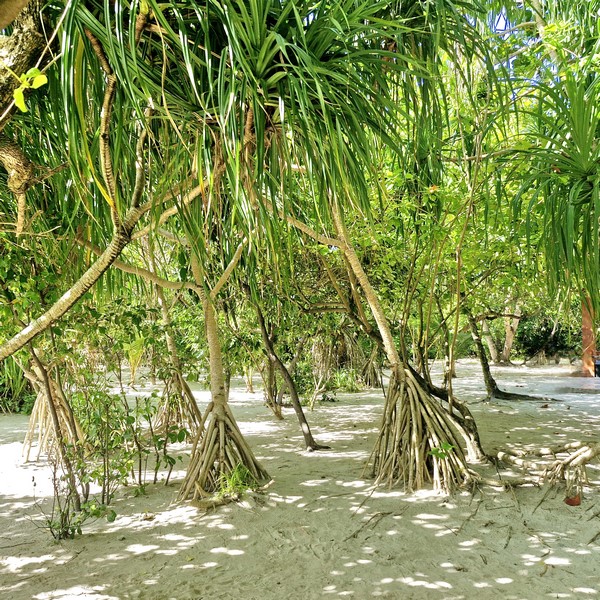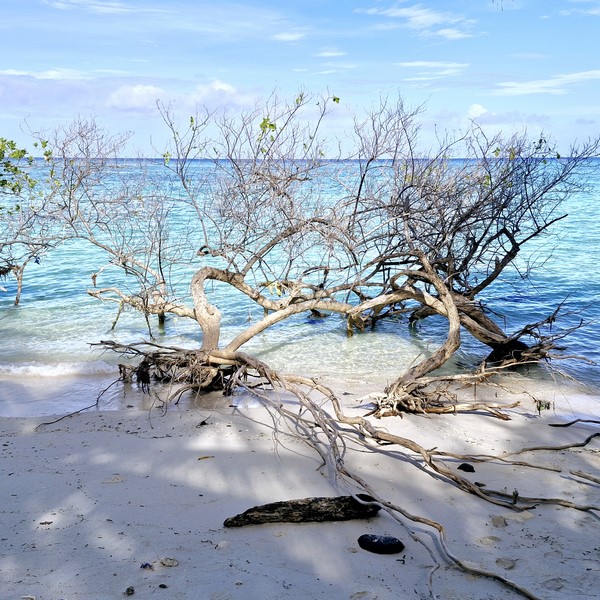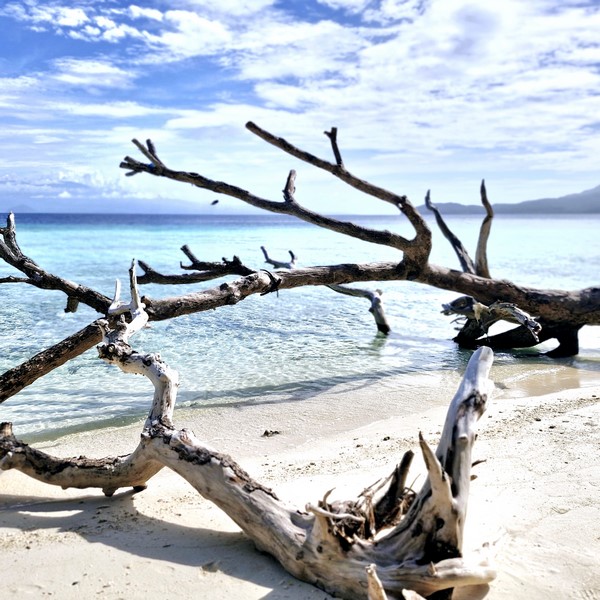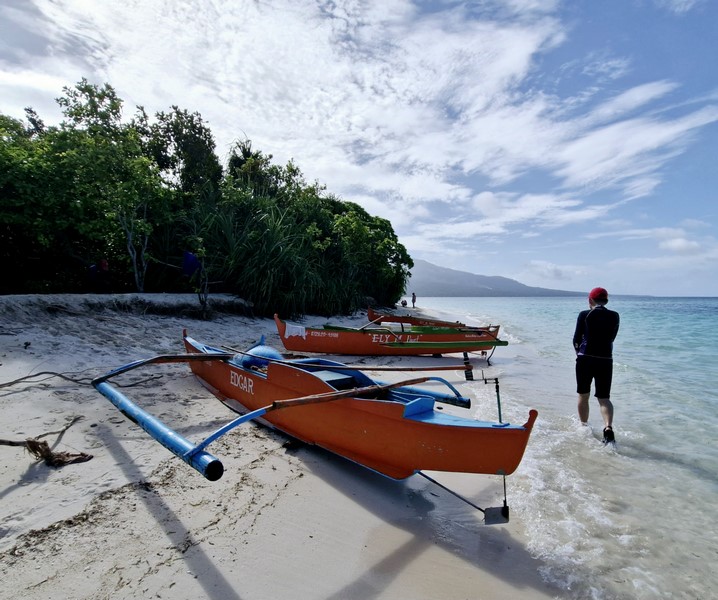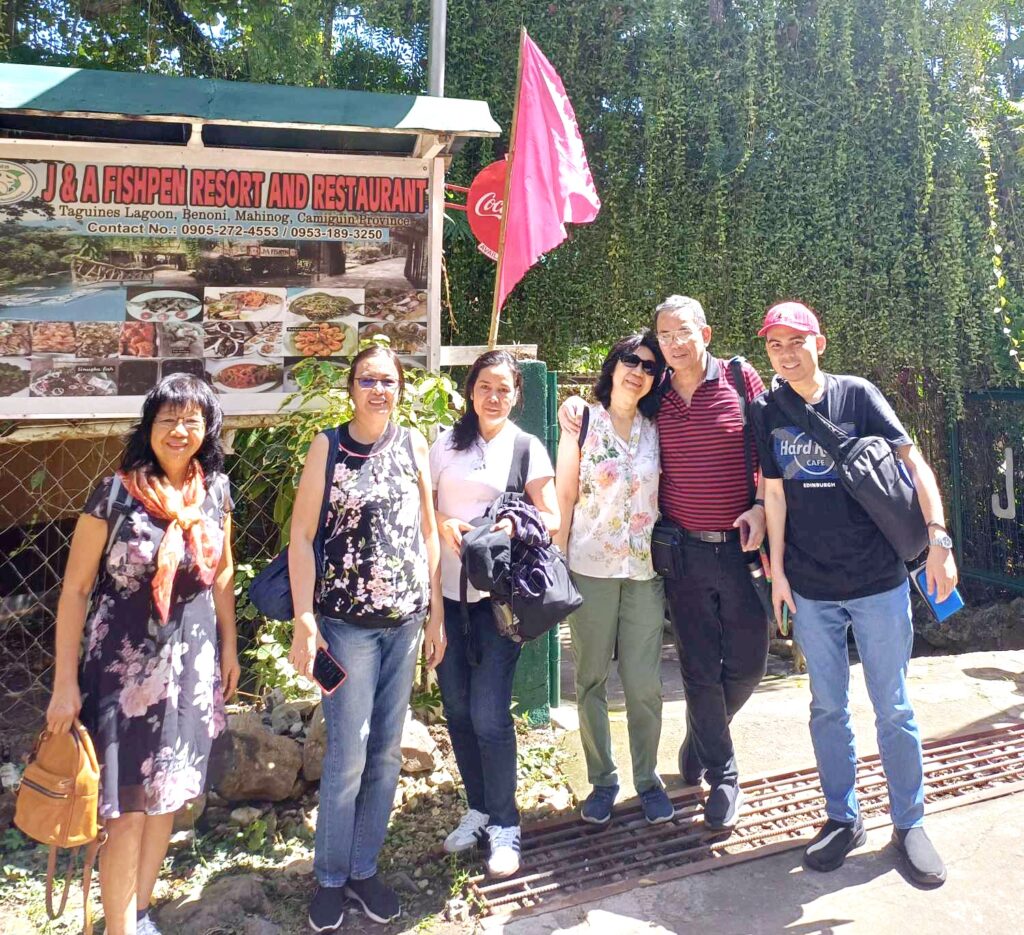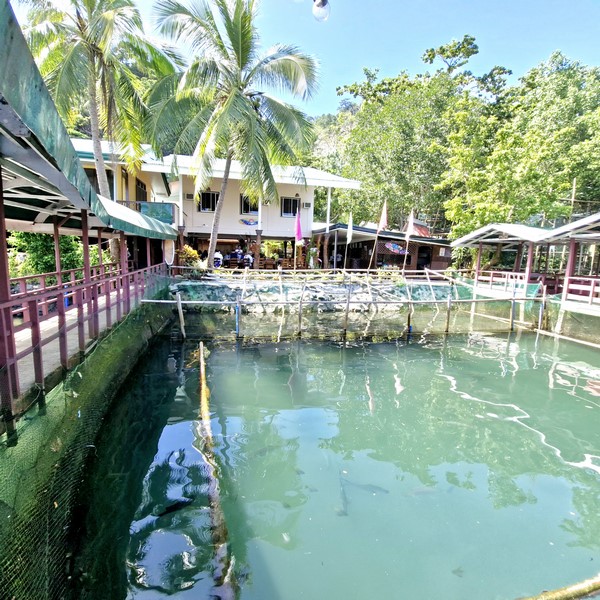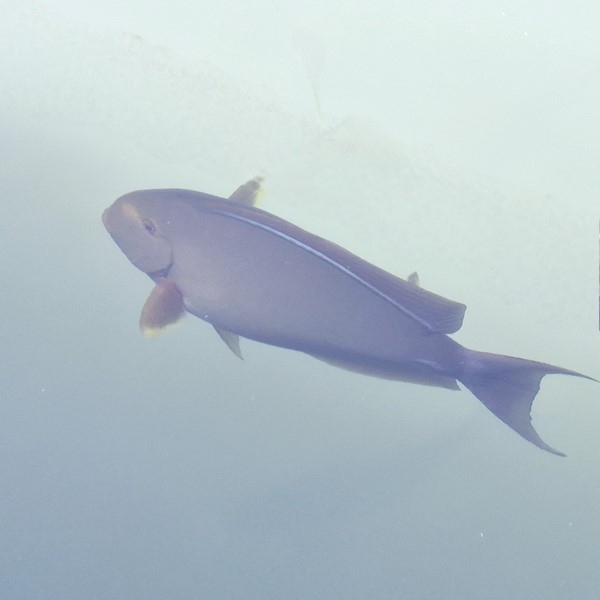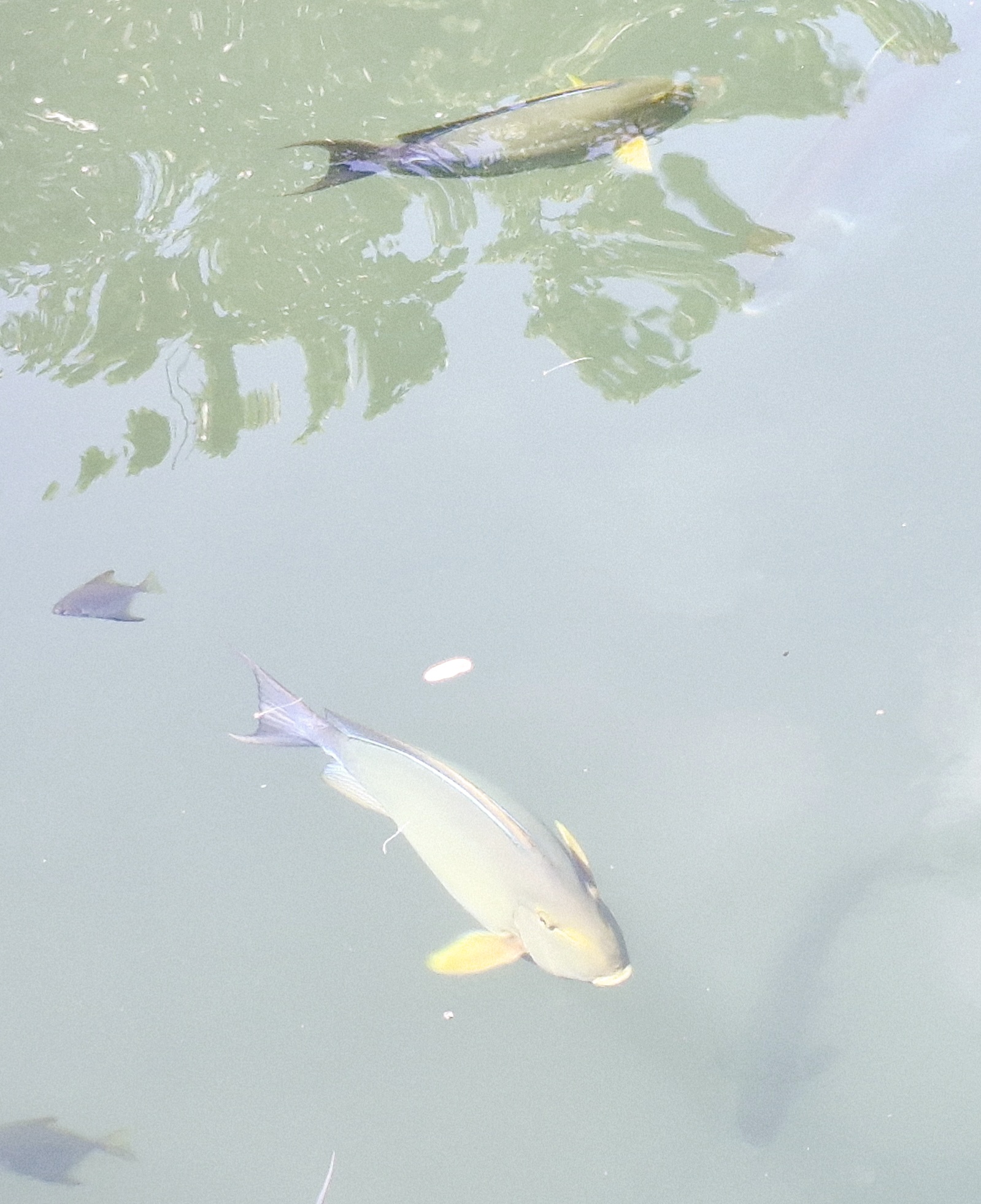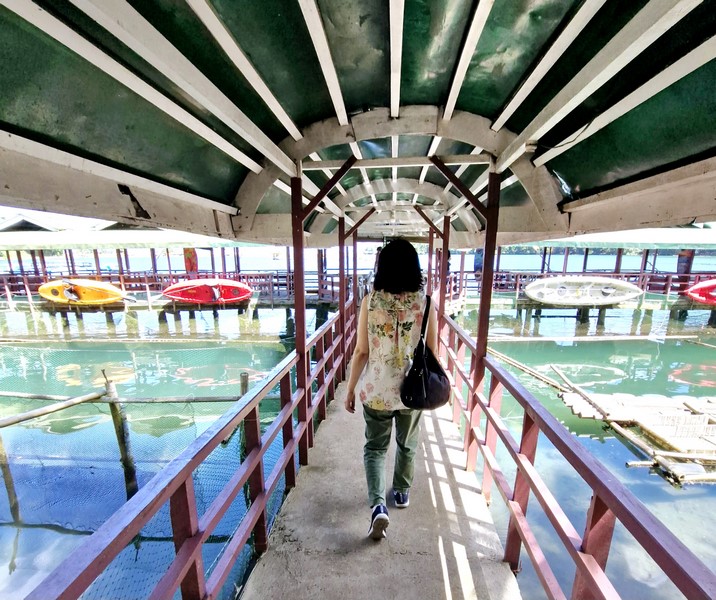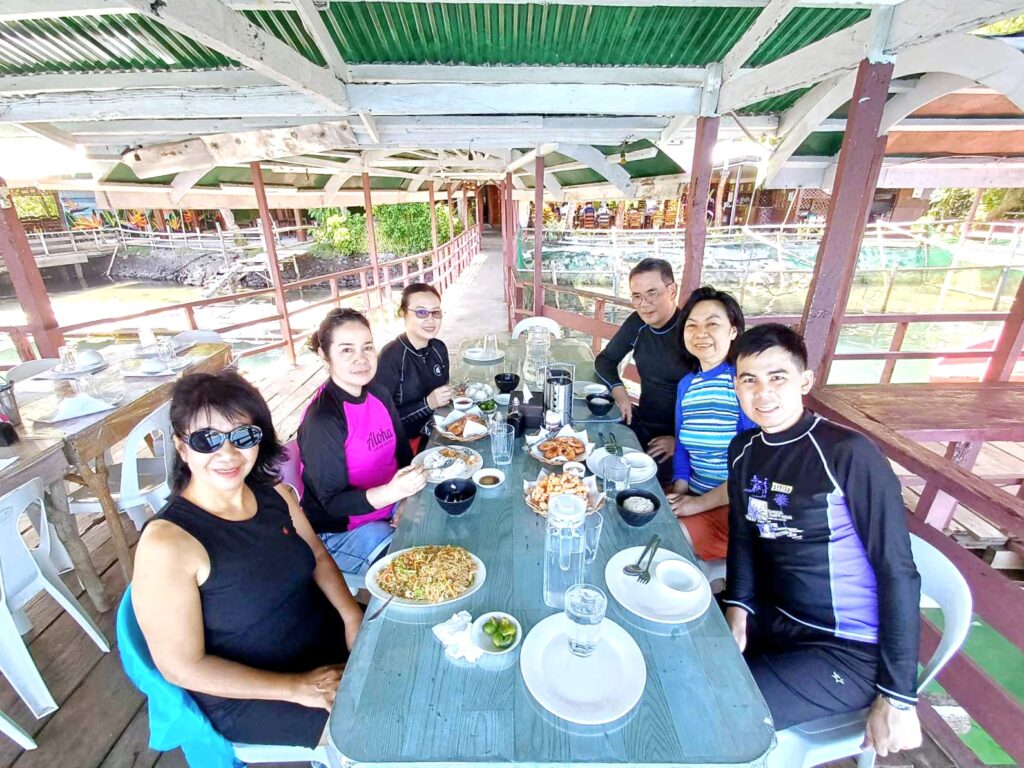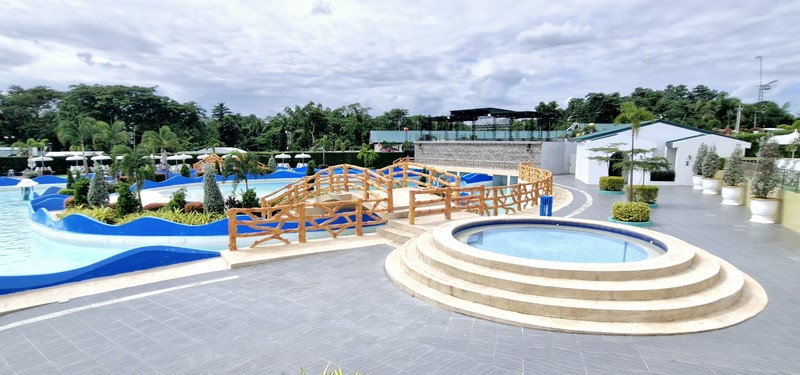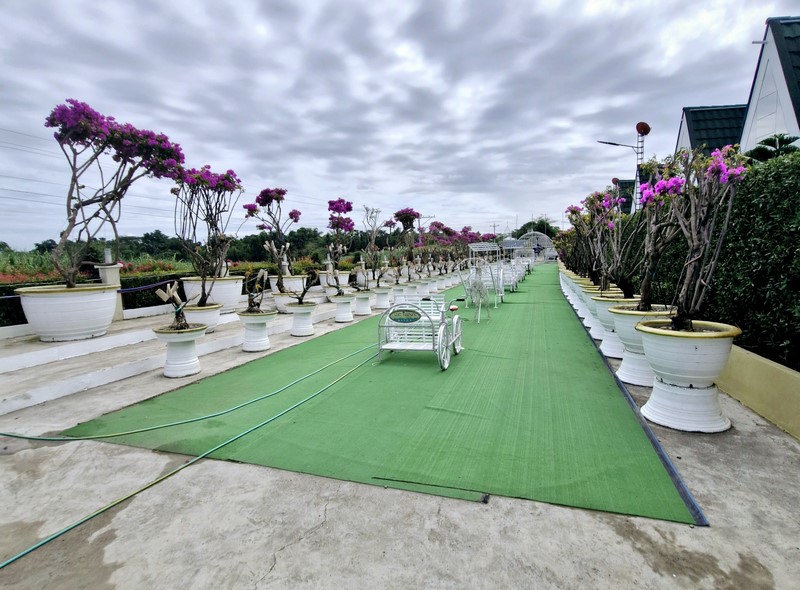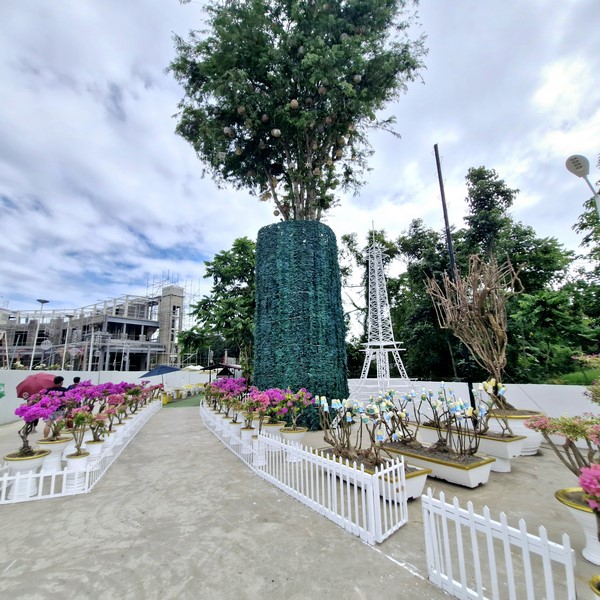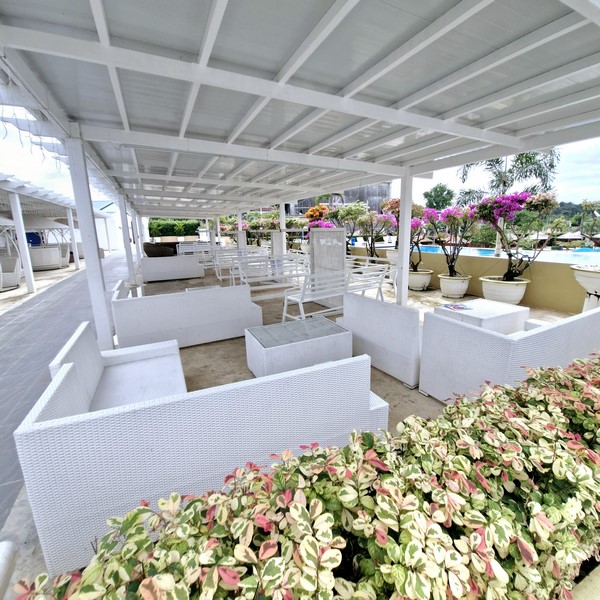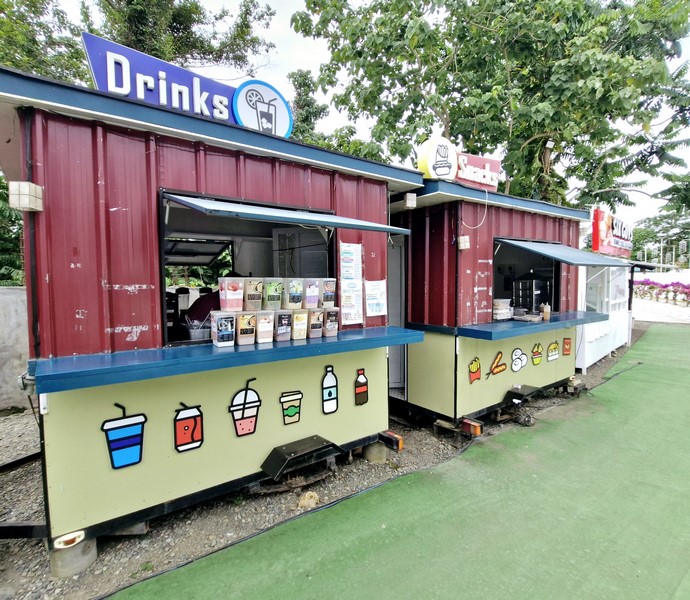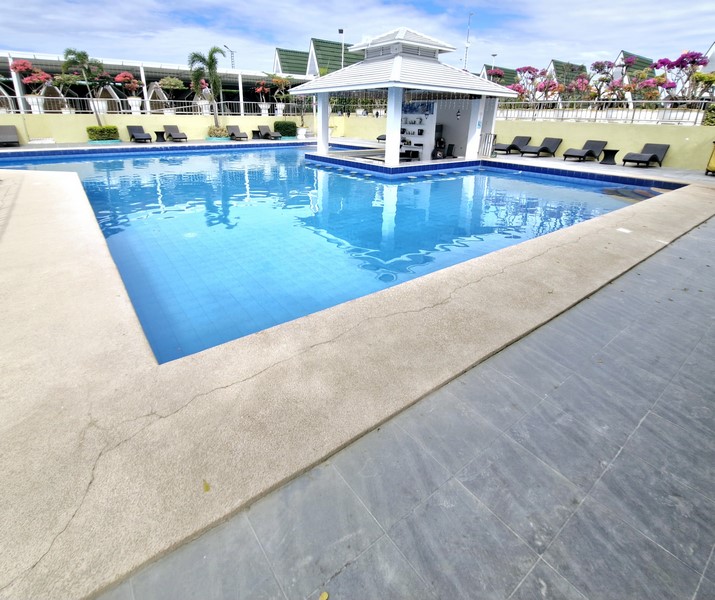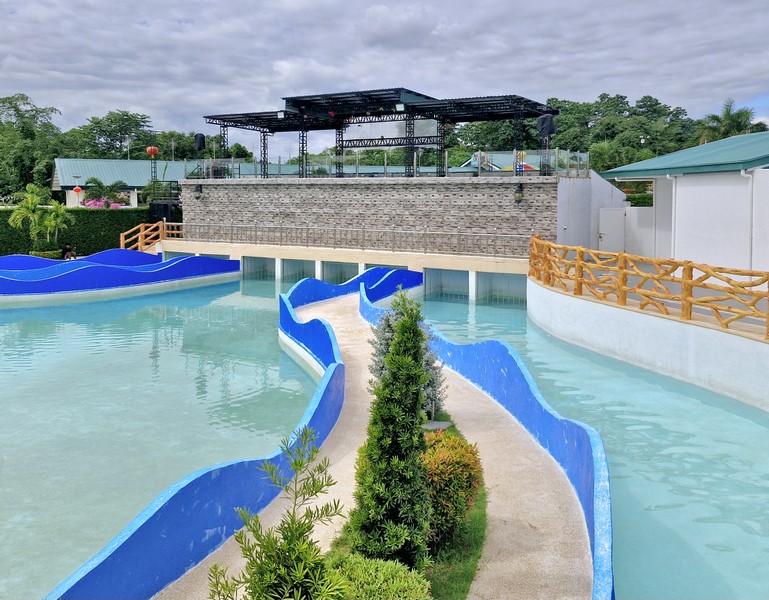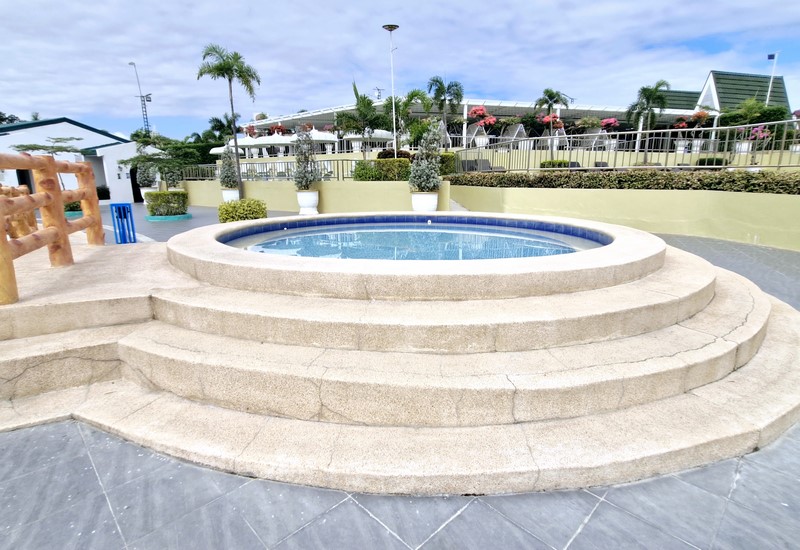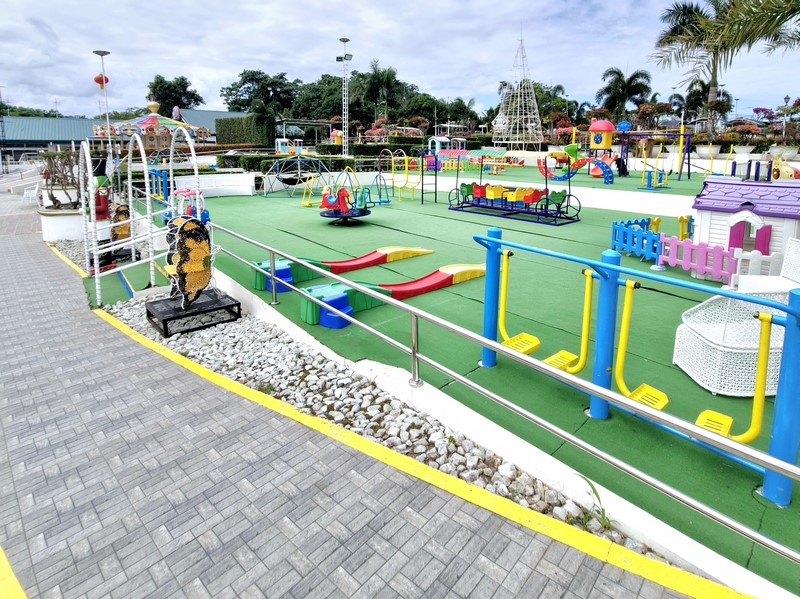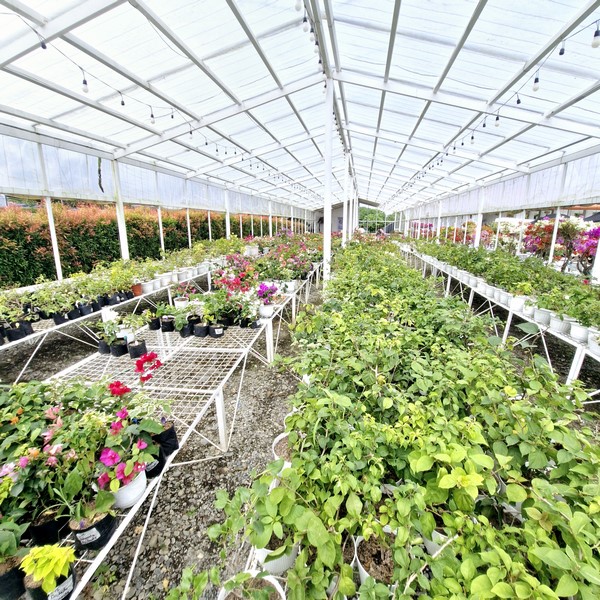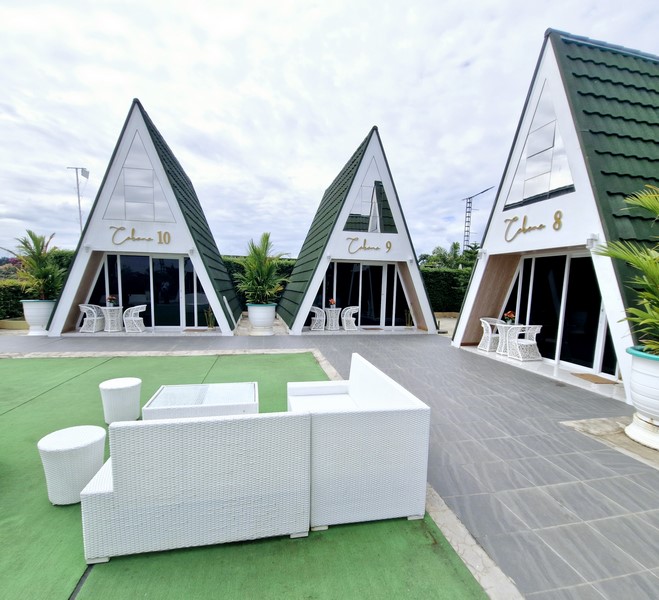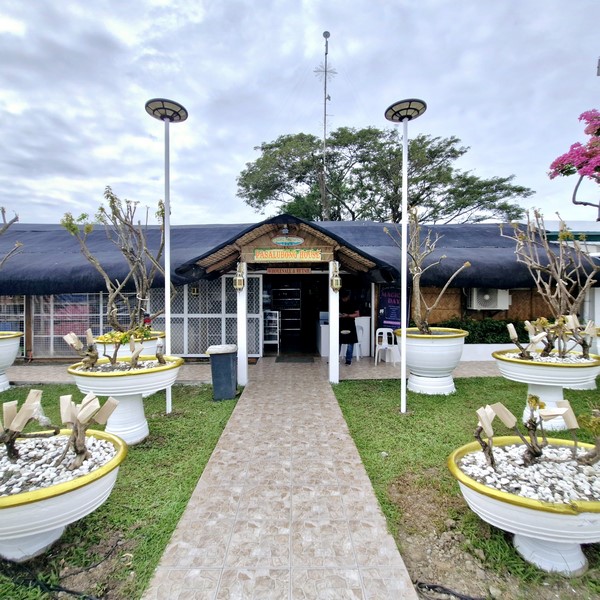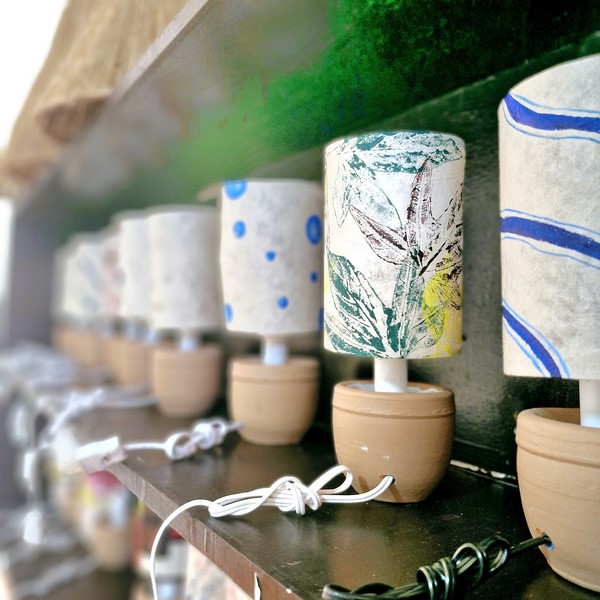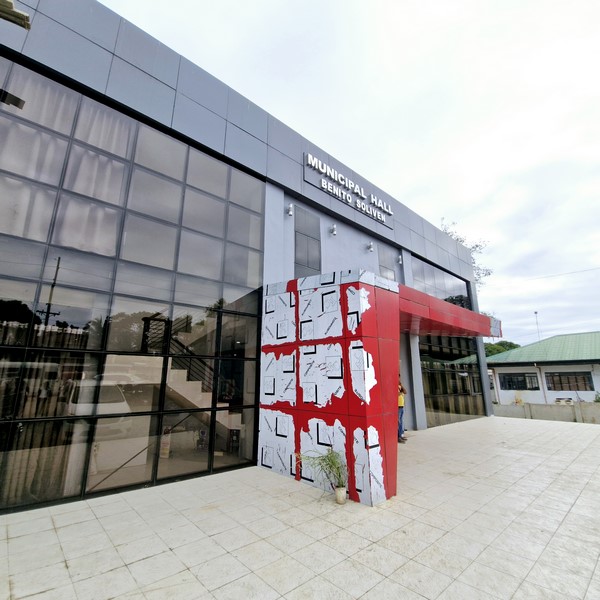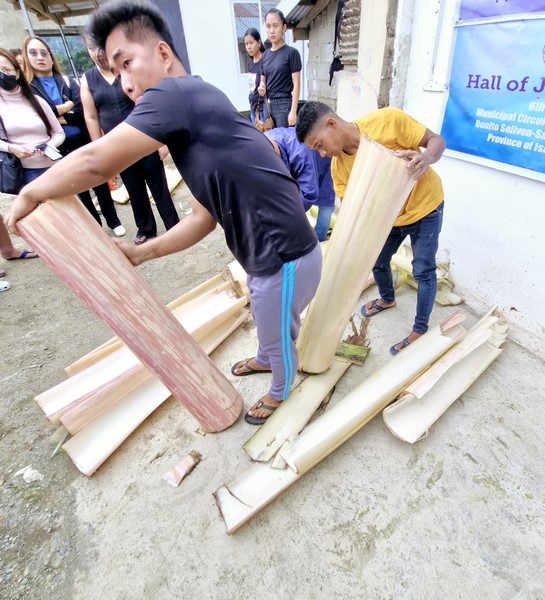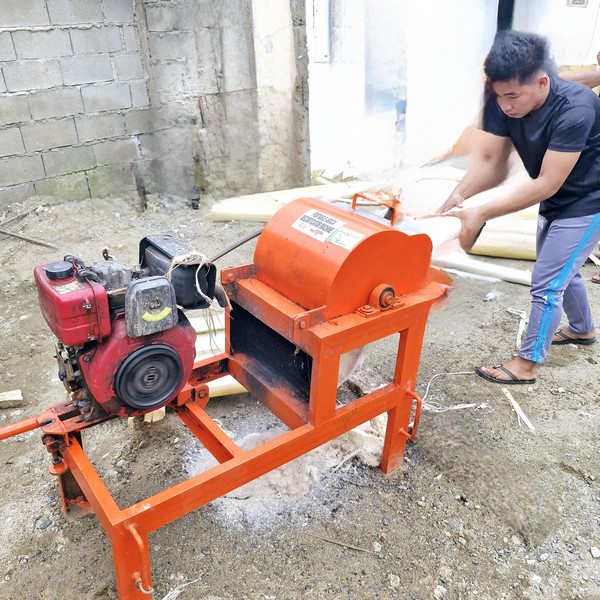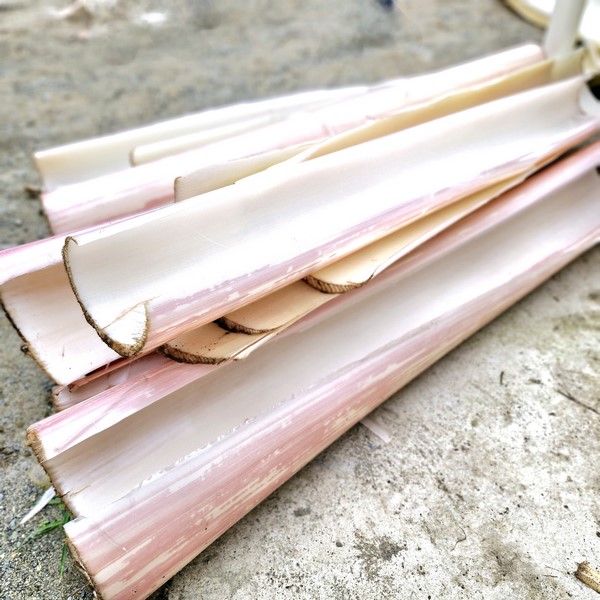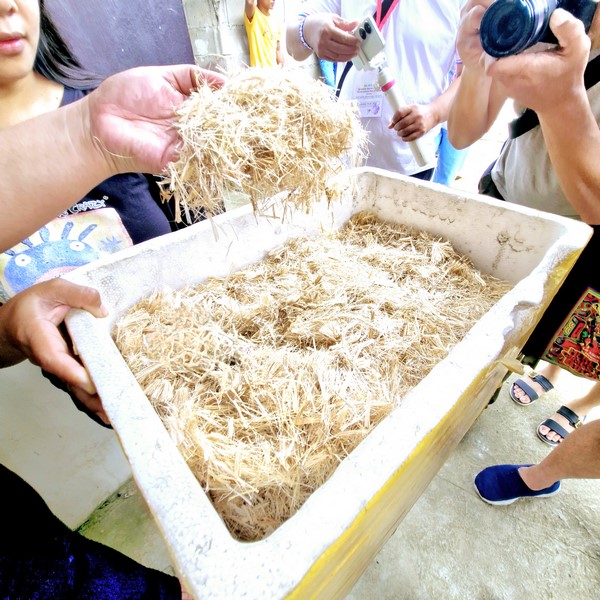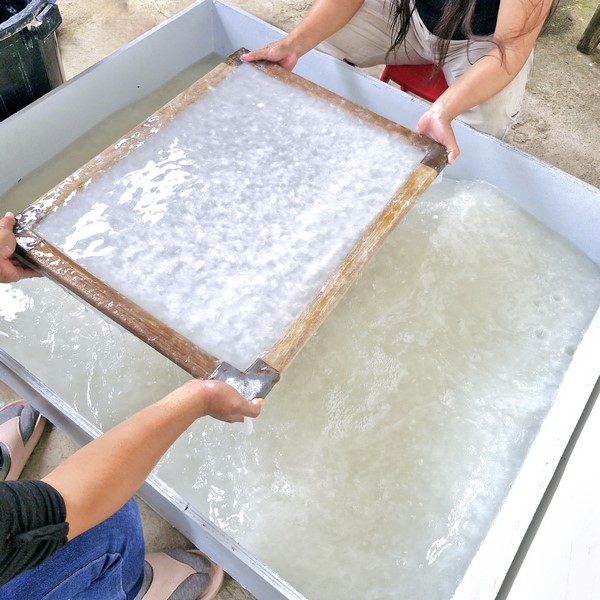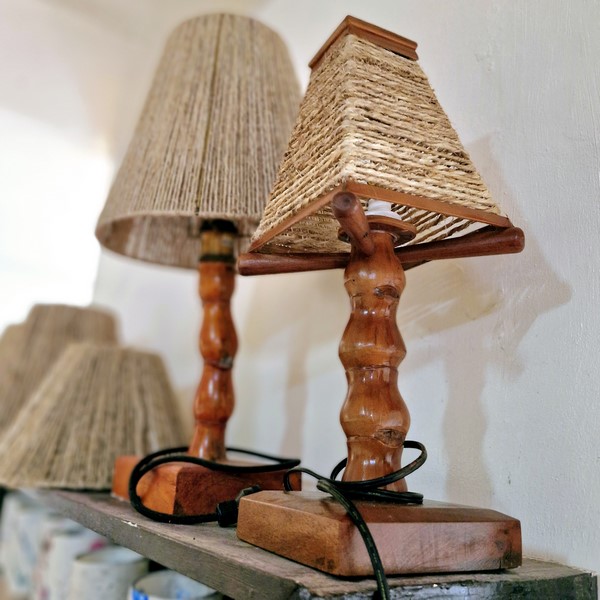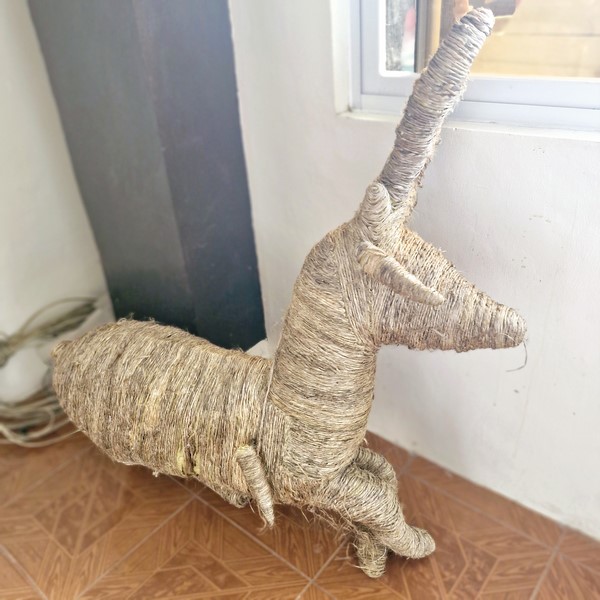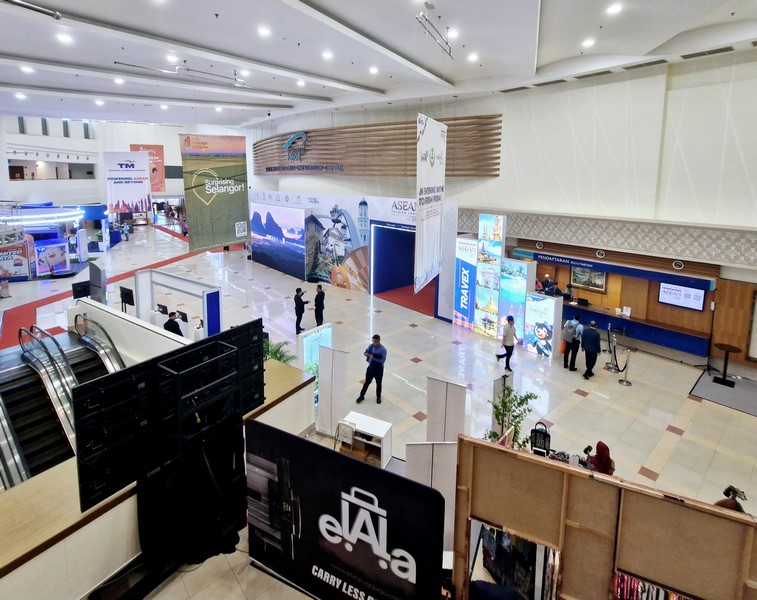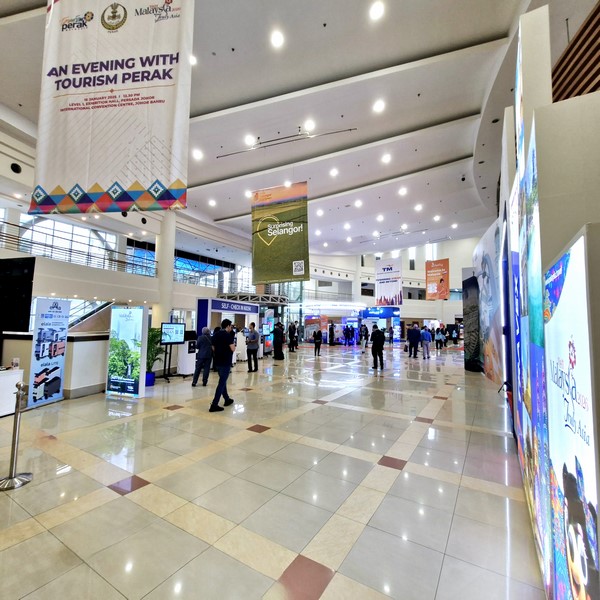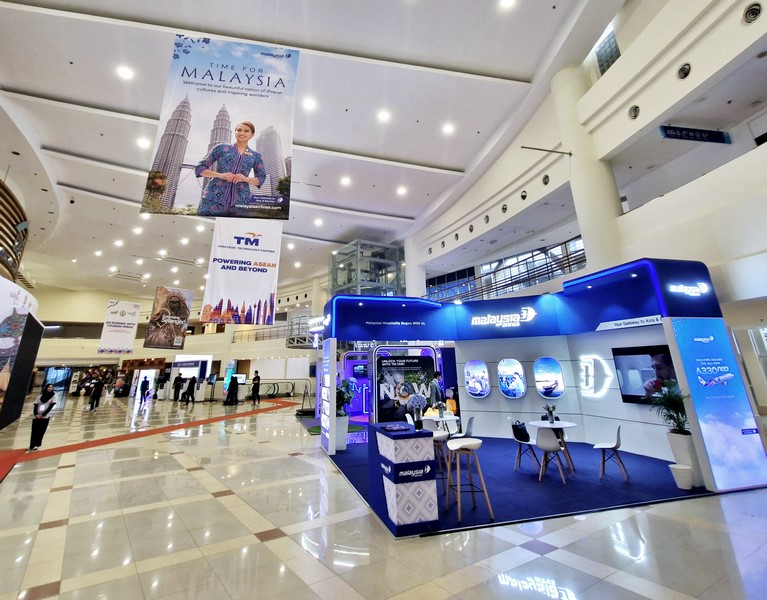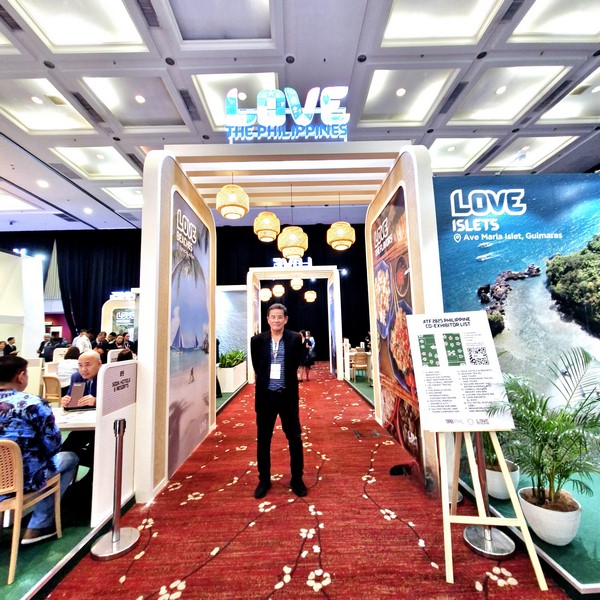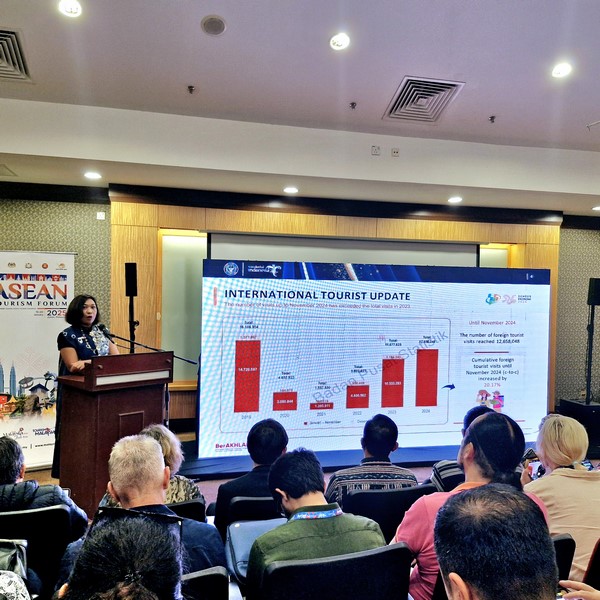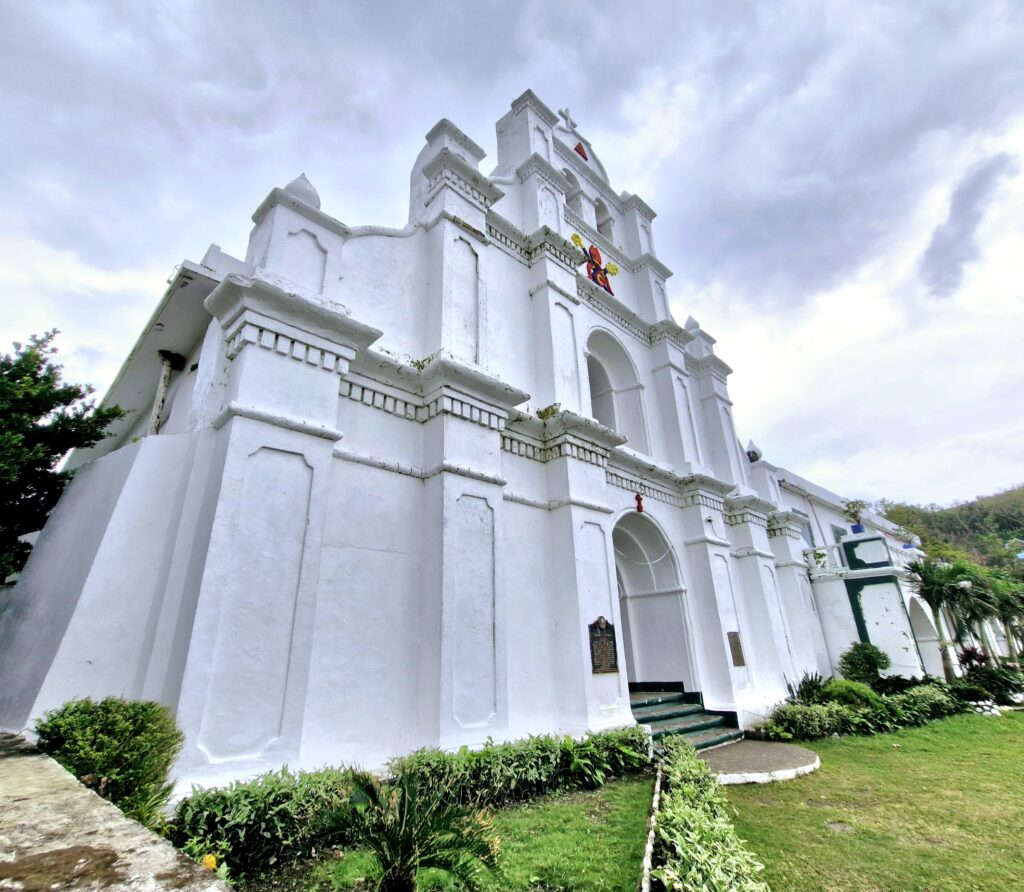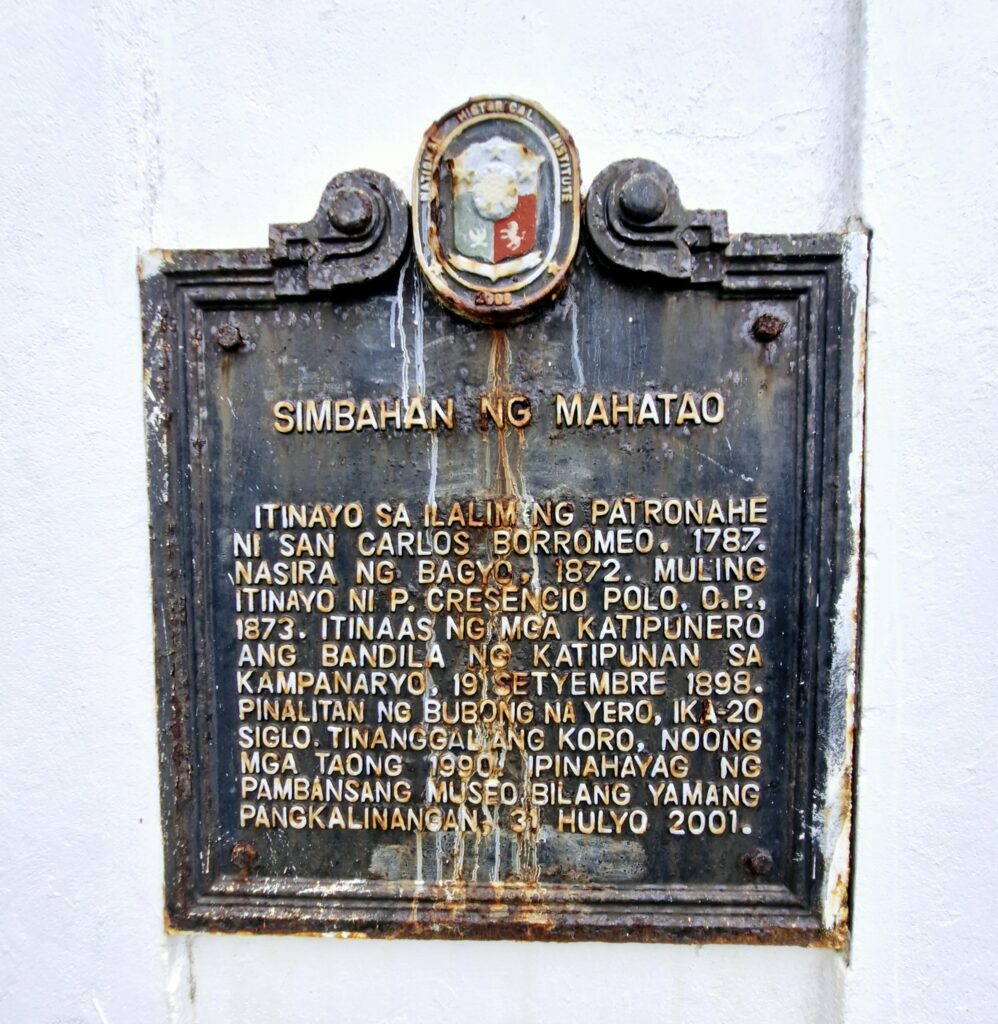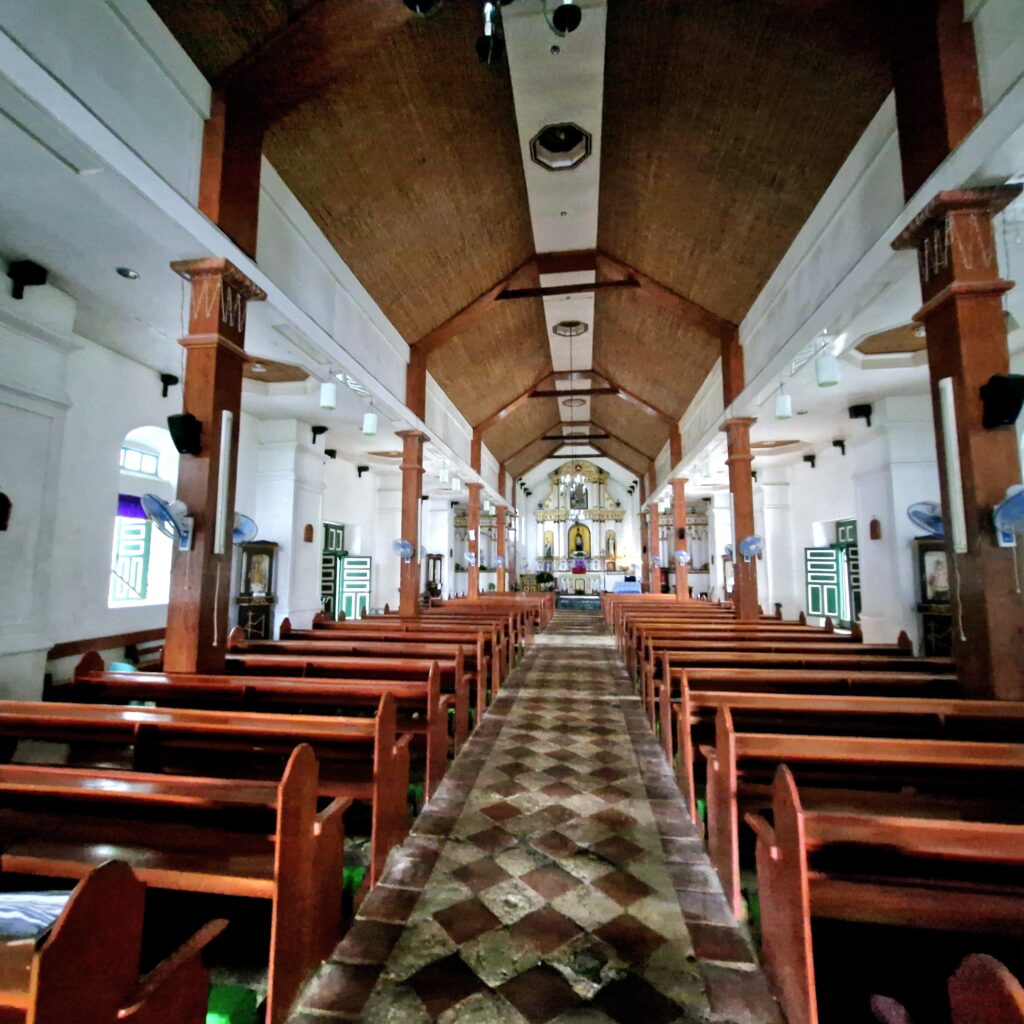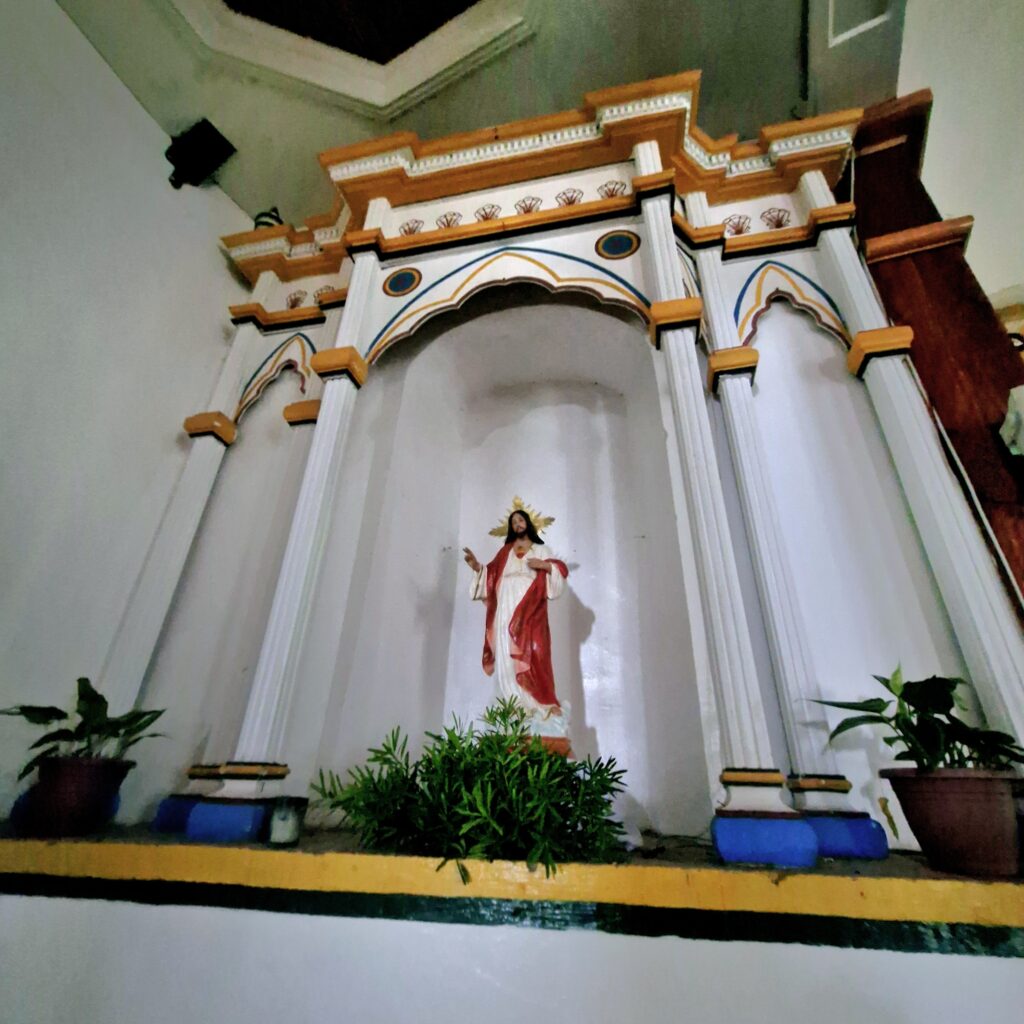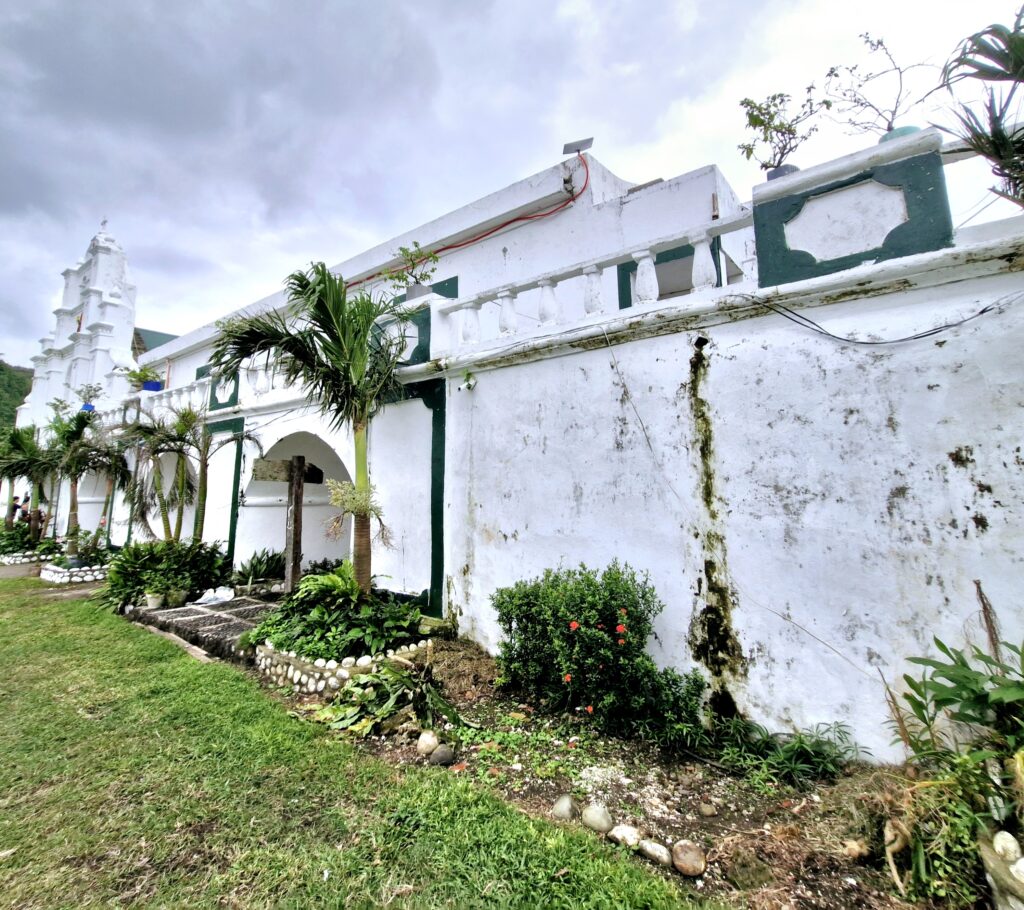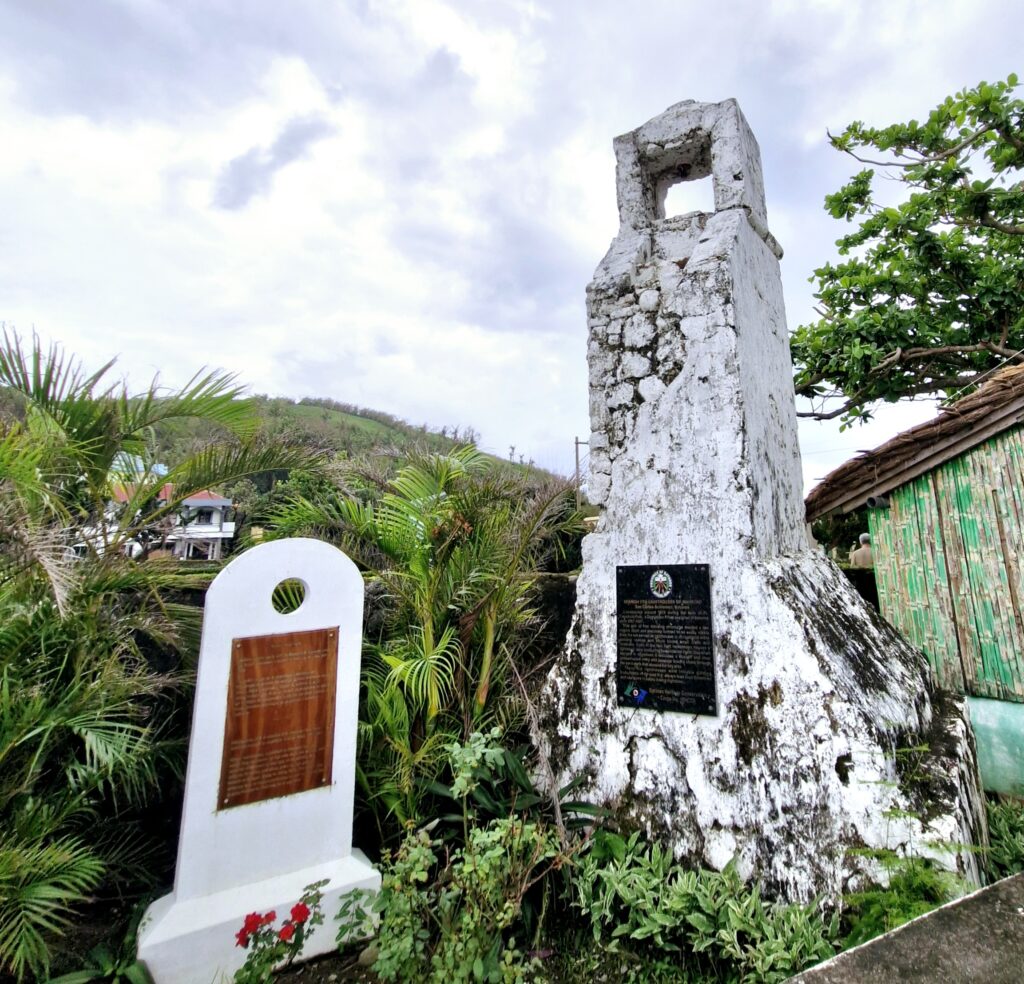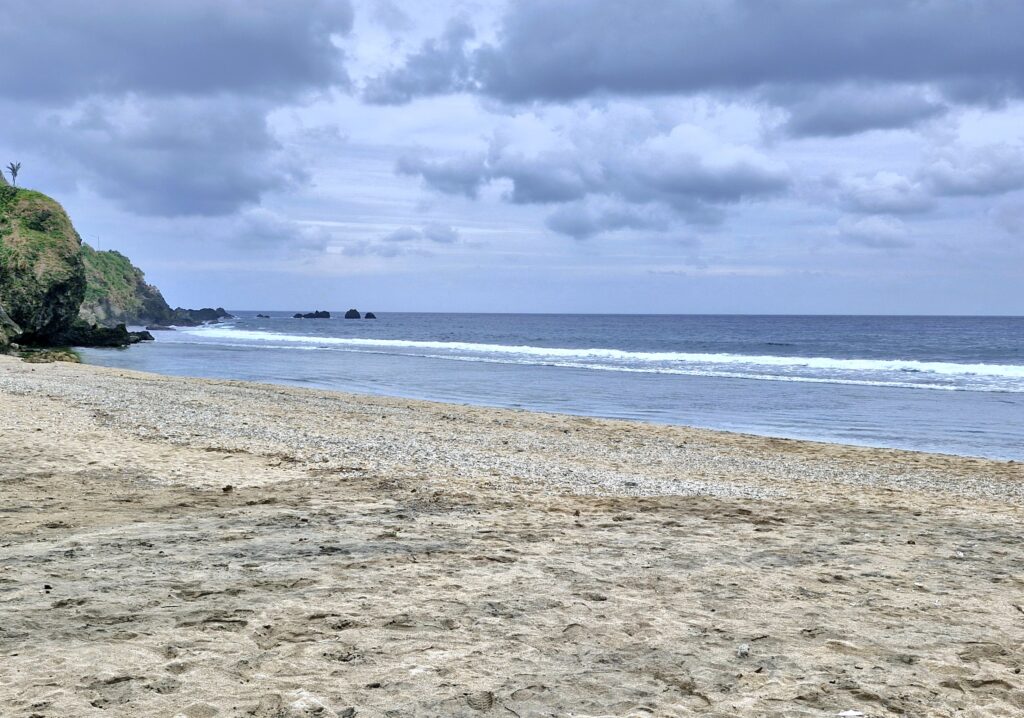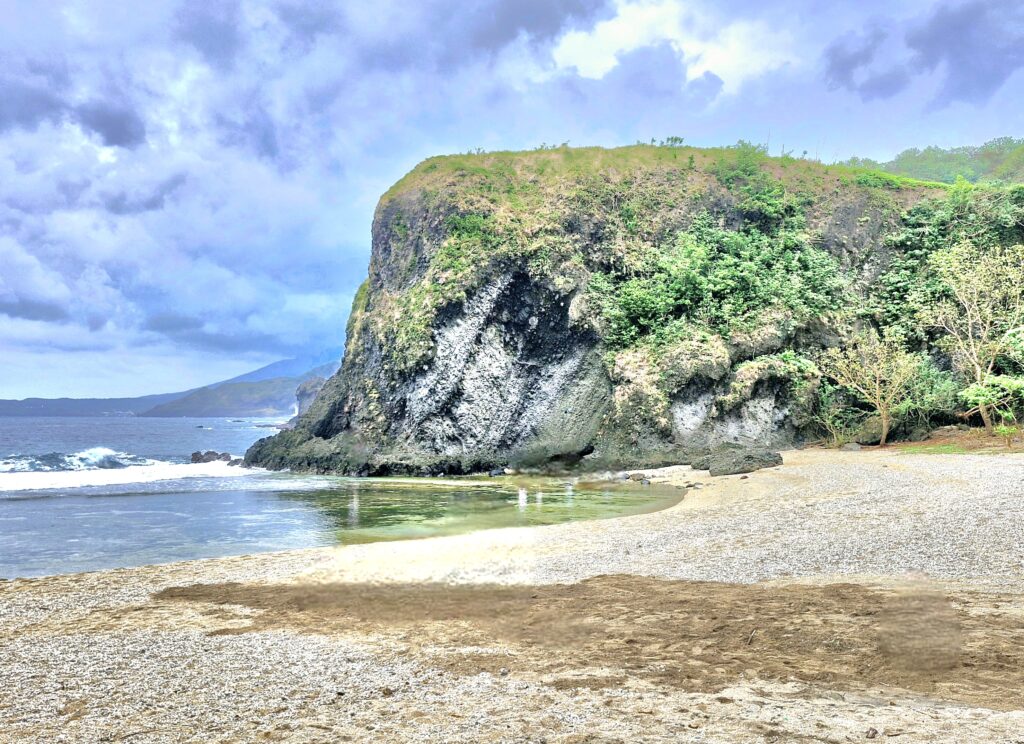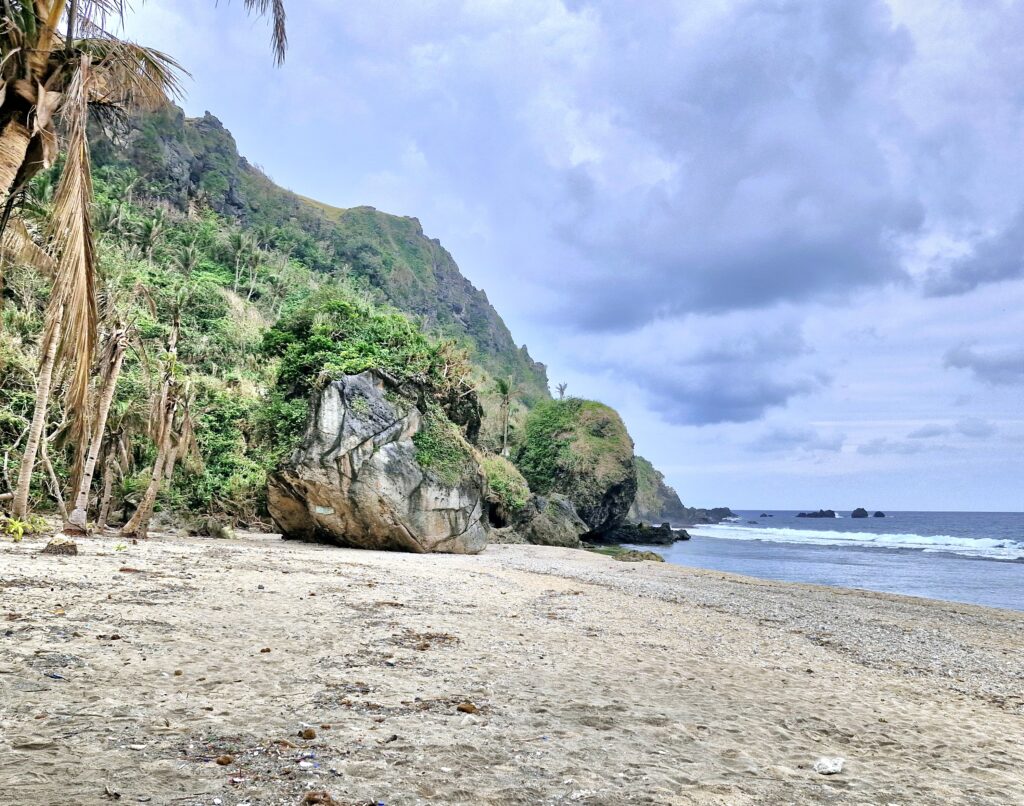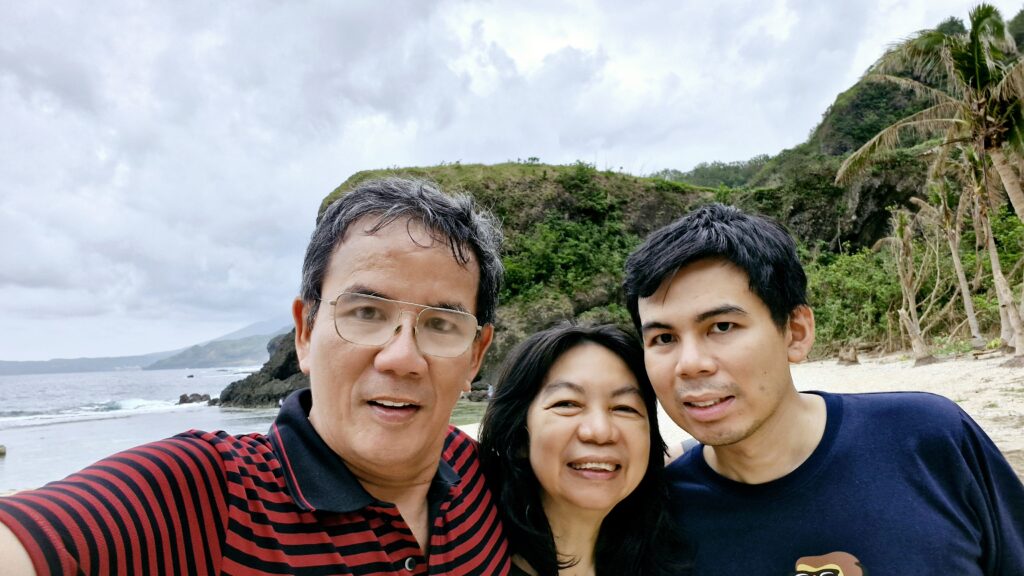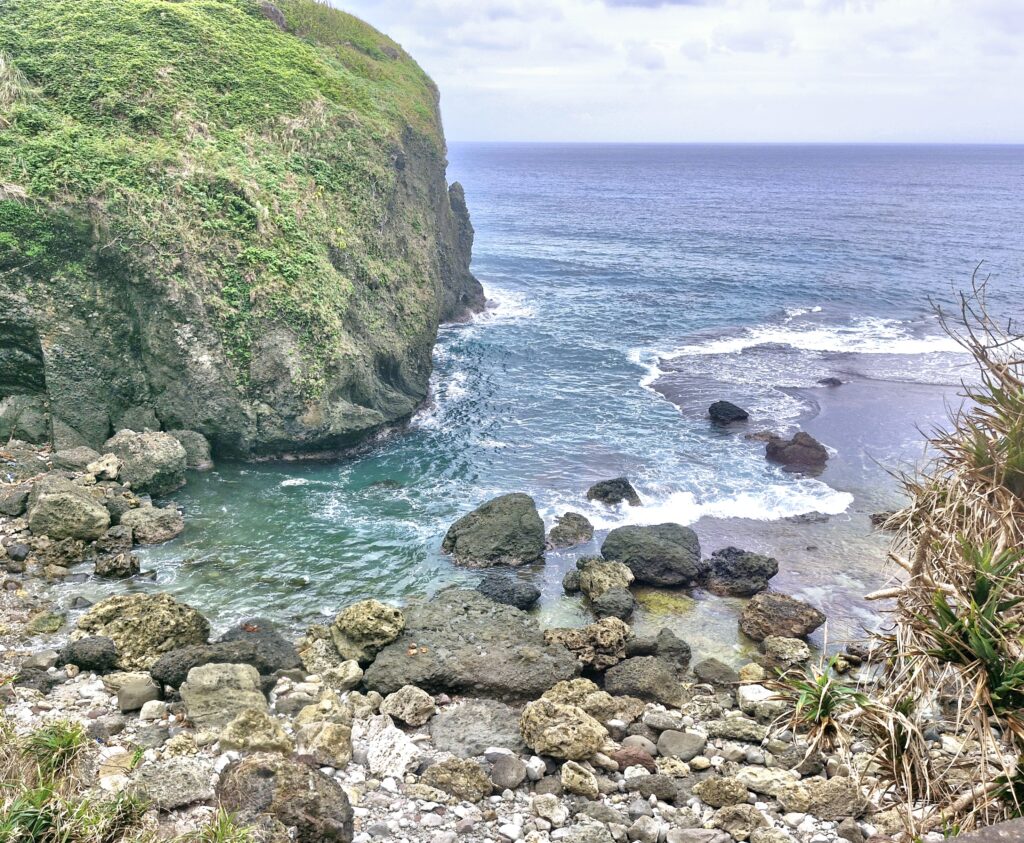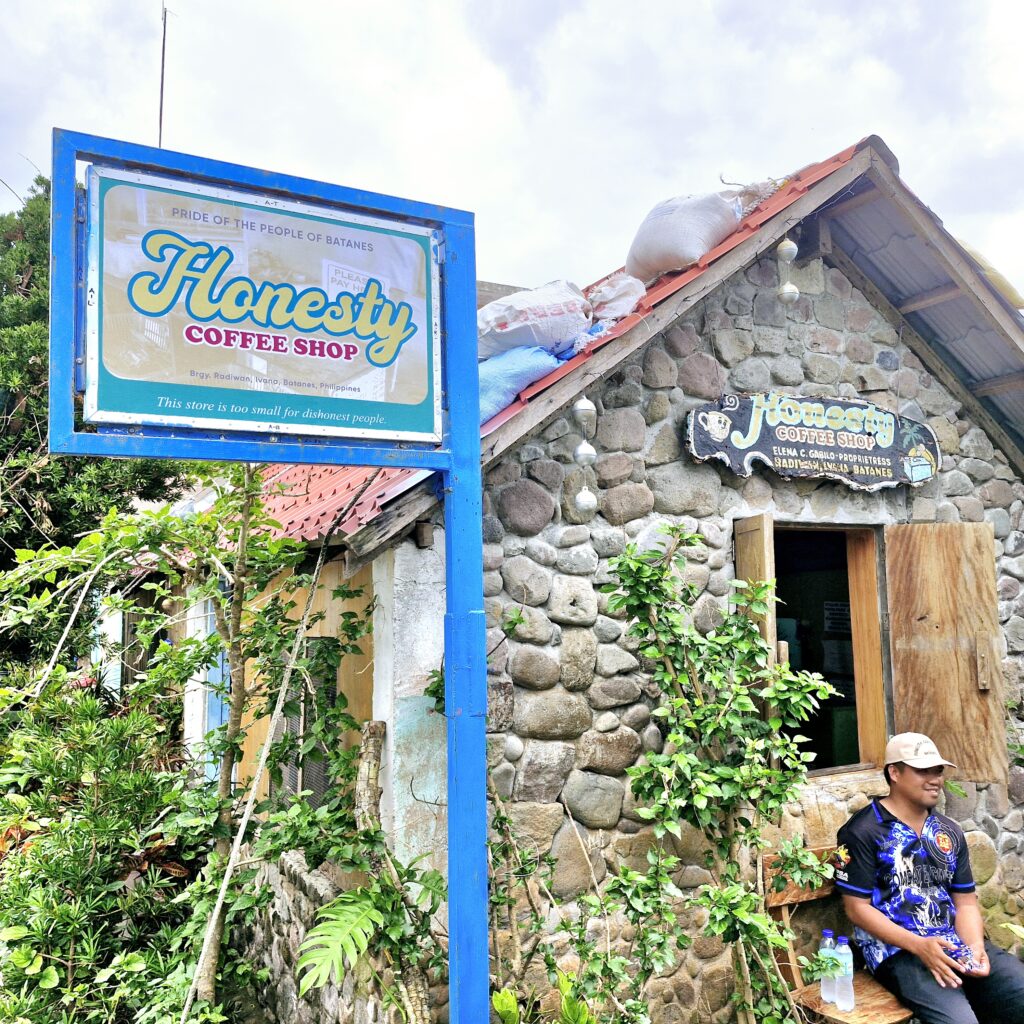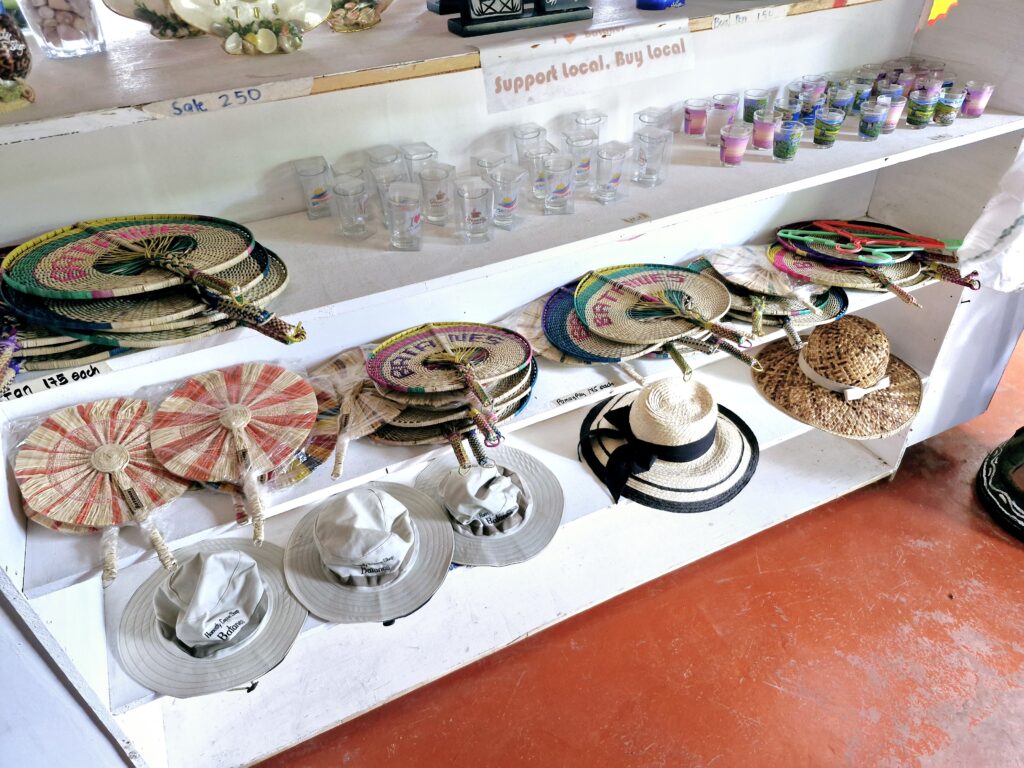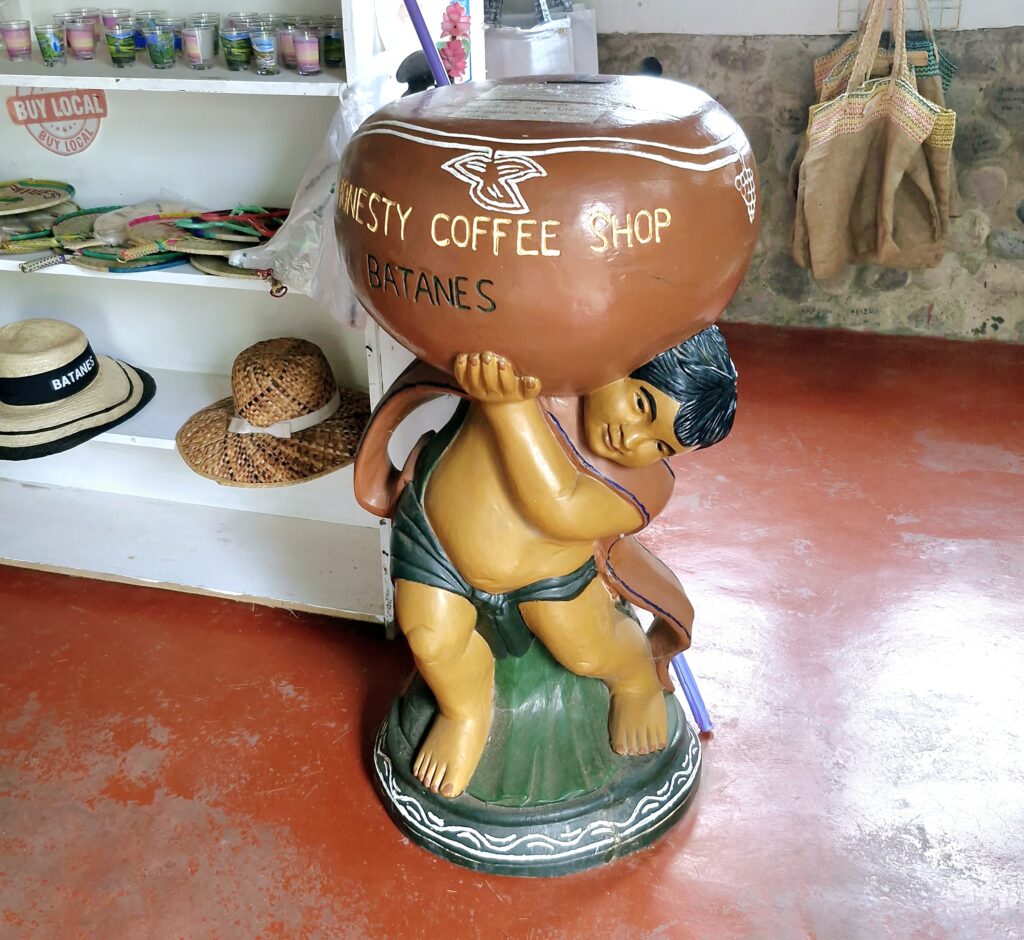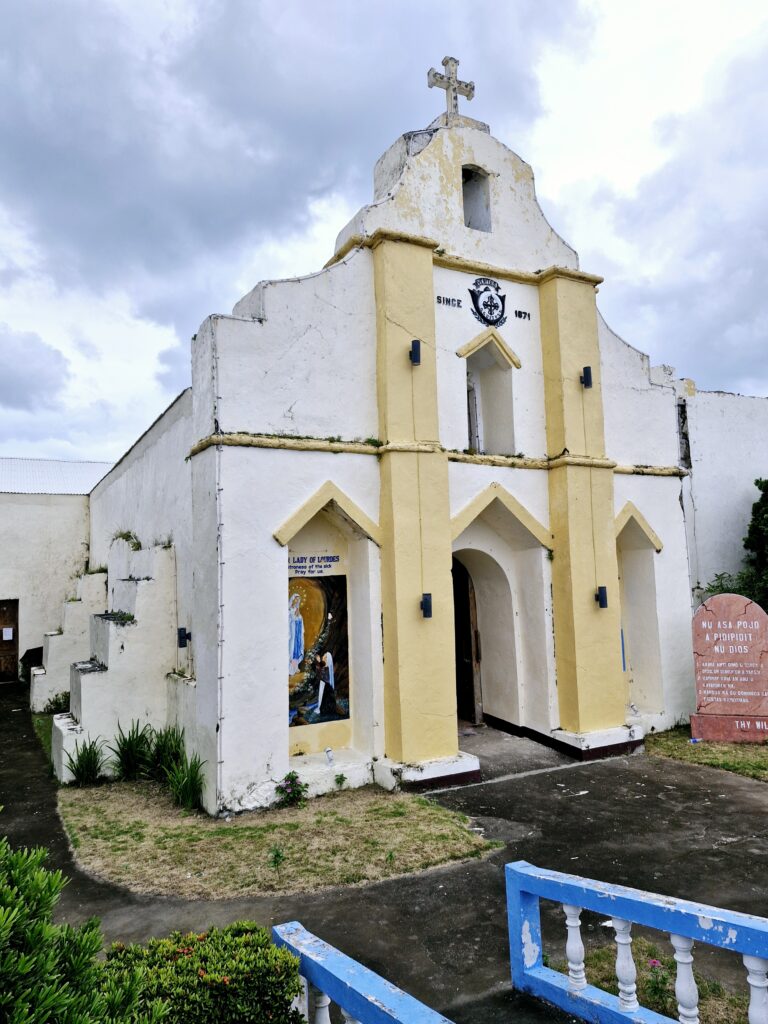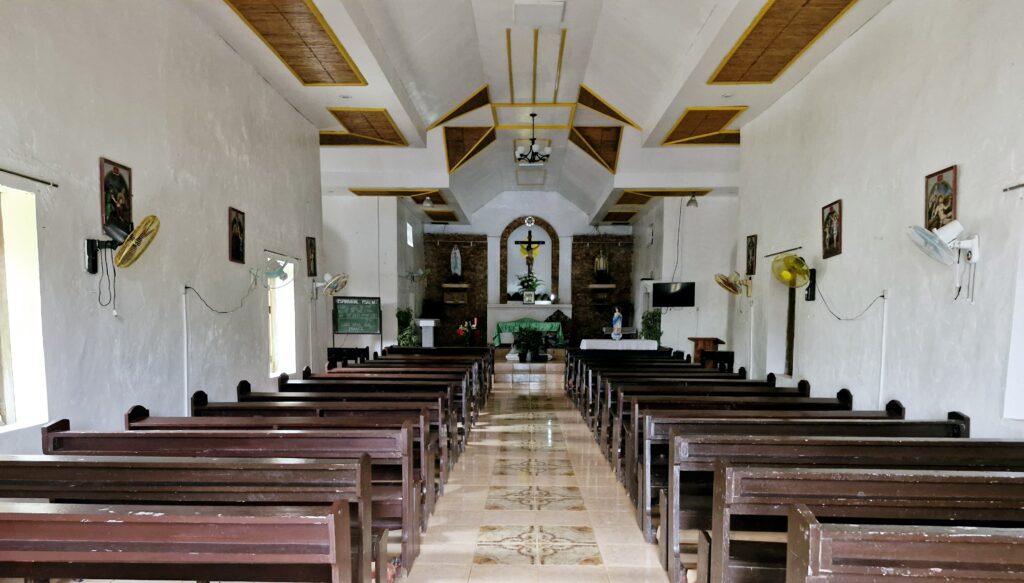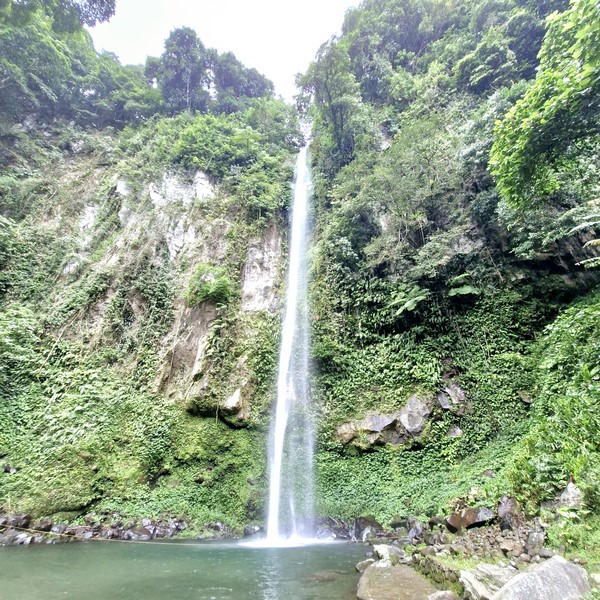
Katibawasan Falls, the highest in the province and of the highest single-drop waterfalls in the country
Upon our return from our excursion to Mantigue Island, we again boarded our multicab for the 17.3-km. (30-min.) drive to the 76.2-m. (250-ft.) high Katibawasan Falls, the highest falls in Camiguin and one of the tallest single-drop waterfalls in the country. Located 5 kms. southeast of Mambajao, it is fed by nearby 1,614-m. (5,295-ft.) high Mt. Timpoong, the highest peak of Mt. Mambajao, a dormant volcano. This was to be the second visit for me and Jandy (we were here in 2001) and the first time for Grace.
Check out “Mantigue Island” and “Katibawasan Falls (2001)”
From the entrance, we descended a 67-step concrete stairway, passed a view deck, and again beheld one of the most beautiful waterfalls I have so far seen in the country. The slim waterfall cascades precipitously, down a monolithic cliff face, to a large rock pool teeming with fresh water shrimps. It is surrounded by a massive granite mountain wall swathed with ground orchids, wild ferns, trees and boulders.
The rock pool was shallow except at the area were the falls hit the water. During our first visit, we were able to station ourselves at the boulders underneath the falls, feeling the very cold and refreshing, cascading waters massage our backs. Today, the approach to the rock pool has been cordoned off by rope due to the danger posed by falling rocks.
Near the falls is a resthouse with toilets and changing room, picnic sheds (Php150) and concrete tables and chairs for rent (Php100). Apart from swimming and exploring the area around the falls, there isn’t much else to do. Also, like most tourist attractions, there are vendors just outside the gate, selling souvenirs, snacks, drinks and other items. Try the kiping, flat, fried cassava drizzled with molasses.
Katibawasan Fall: Brgy. Soro-Soro, Mambajao, Camiguin. Open daily, 8 AM to 5 PM. Admission: Php75 per pax.
How to Get There: The falls is a 6.5-km. (15-min.) drive, via Itum Rd., from Mambajao town proper and 7.5 kms. (16 mins.) via Gen. Luna. From the main highway, it is 4.8-km. drive. The best way to get there is to rent a scooter or hire a tricycle or habal-habal (motorcycle taxi) to take you there (ask them to wait for you as there isn’t any public transportation outside the falls.

